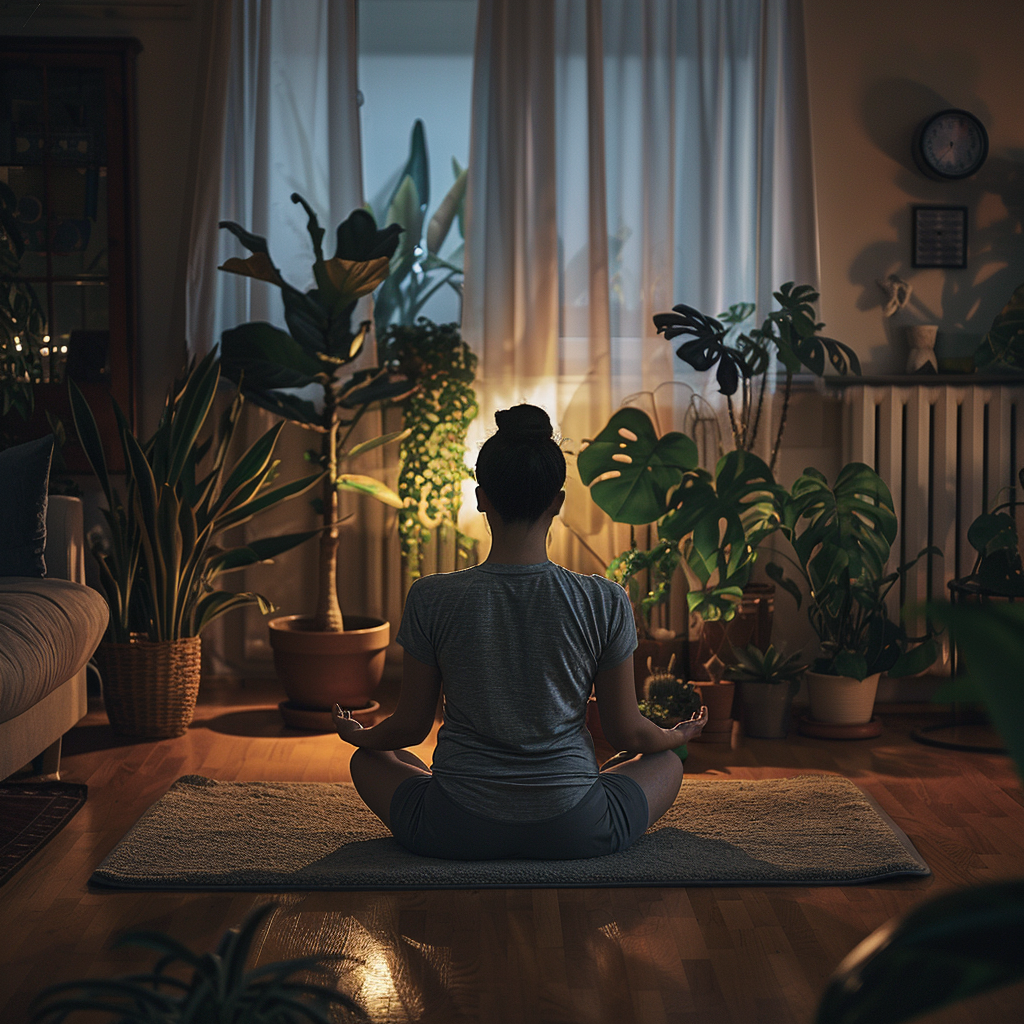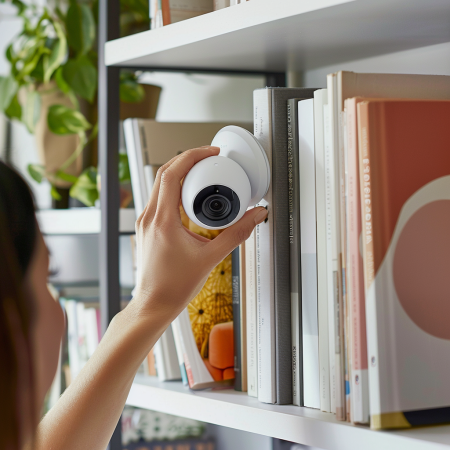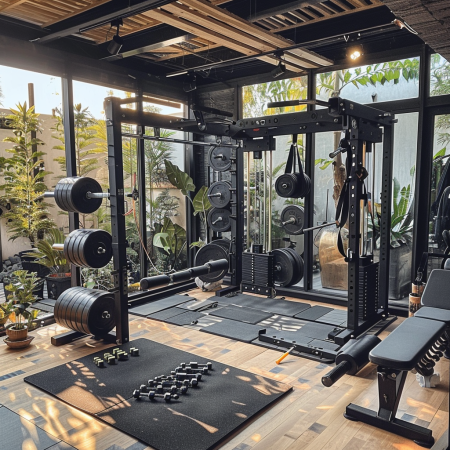Life can be hectic, and between work, family, and personal commitments, it might seem impossible to find time for self-care—especially meditation. But the truth is, even with a packed schedule, incorporating meditation into your daily routine is not only possible but incredibly beneficial. The key lies in making meditation fit into your life, rather than seeing it as a time-consuming task. In this guide, we’ll explore how to incorporate meditation into a busy schedule and reap its many benefits without feeling overwhelmed.
1. Start Small and Build Consistency
A common misconception about meditation is that it requires long, uninterrupted periods of time to be effective. In reality, even a few minutes of mindfulness can make a huge difference in your mental clarity and overall well-being.
Unique Insight: Studies have shown that just 5-10 minutes of meditation per day can reduce stress, improve focus, and increase emotional resilience. The goal is to build consistency, even if your sessions are brief.
Actionable Tip: Begin with just 3-5 minutes of meditation in the morning or before bed. Set a timer and focus on your breathing, gradually increasing the length of your sessions as you become more comfortable with the practice.
2. Integrate Meditation into Daily Activities
If finding dedicated time for meditation feels daunting, try weaving mindfulness into your existing routine. Many everyday activities offer opportunities to practice mindfulness without requiring extra time.
Actionable Tip: Focus on your breath while commuting, walking, or doing household chores. By being fully present during these moments, you can transform them into meditation sessions. For example, while washing dishes, pay attention to the feel of the water, the motion of your hands, and the sensations in your body.
Pro Insight: Known as “informal meditation,” this approach allows you to practice mindfulness throughout the day, turning ordinary tasks into moments of calm.
3. Use Guided Meditation Apps
Guided meditation apps can make it easier to incorporate meditation into your busy life. These apps often offer sessions of varying lengths, including ones as short as 5 minutes, making them ideal for squeezing meditation into a packed schedule. Plus, having an instructor lead you through the practice can help you stay focused and committed.
Actionable Tip: Download an app like Headspace, Calm, or Insight Timer and experiment with different guided sessions to find what works best for you. Look for short, targeted meditations like "morning calm" or "stress relief" that fit your immediate needs.
Bonus Tip: Set reminders in your app to prompt you to meditate at the same time each day. This helps create a routine and builds consistency.
4. Make the Most of Short Breaks
Throughout your day, there are likely pockets of time—between meetings, during lunch, or while waiting for appointments—where you can slip in a quick meditation. These small windows of opportunity can have a big impact on your mental state, especially if you're feeling stressed or overwhelmed.
Unique Insight: Micro-meditations, which last only a few minutes, can help reset your mind and provide a sense of calm during a hectic day. Taking even a 2-minute break to focus on your breathing can reduce tension and improve productivity.
Actionable Tip: Next time you have a break, instead of reaching for your phone, close your eyes and take five deep, slow breaths. This simple exercise can center your thoughts and improve your mood.
5. Create a Ritual Around Bedtime or Morning Meditation
Another way to incorporate meditation into a busy schedule is to pair it with an existing habit, like your morning or bedtime routine. Meditating at the same time each day, even for a few minutes, can help you wind down, start your day with focus, or let go of stress from the day.
Actionable Tip: Try meditating for five minutes after brushing your teeth in the morning or right before bed. This helps make meditation a part of your routine, just like brushing your teeth, without feeling like an extra task.
Pro Insight: Evening meditations are particularly helpful for those who struggle to fall asleep. Focus on deep breathing or body scan techniques to release tension and promote restful sleep.
6. Be Kind to Yourself and Stay Flexible
Life happens, and sometimes, you may miss a meditation session. The key is not to be too hard on yourself or to view it as a failure. Meditation is a tool for well-being, and like any habit, it takes time to develop. What’s important is your intention to make space for mindfulness in your life, even if that looks different each day.
Actionable Tip: If your schedule gets too busy for a full meditation session, remind yourself that any effort, no matter how small, still counts. Taking just a moment to pause, breathe, and reflect is valuable in itself.
Conclusion: Meditation for a Busy Life
Incorporating meditation into a busy schedule doesn’t have to be complicated or time-consuming. By starting small, using tools like guided apps, and integrating mindfulness into daily activities, you can enjoy the benefits of meditation without feeling like it’s a burden. Remember, the goal is not perfection but progress—finding moments of calm and clarity in your everyday life.
















